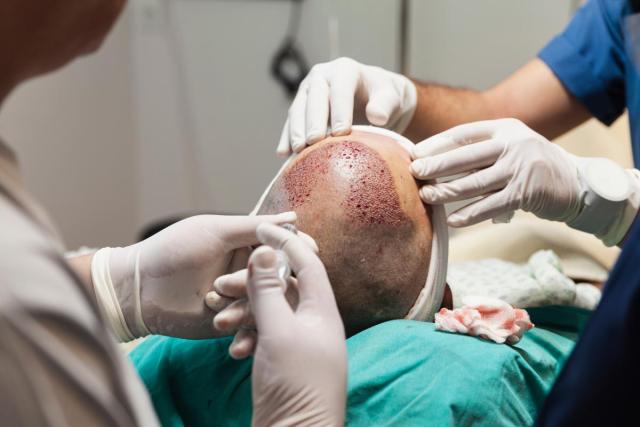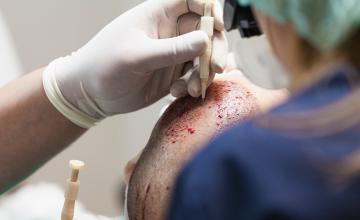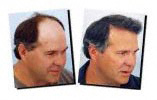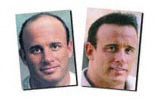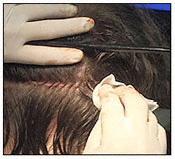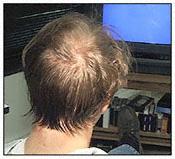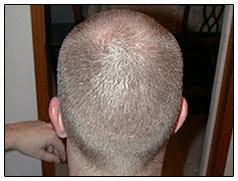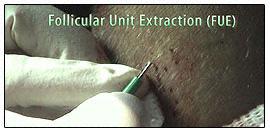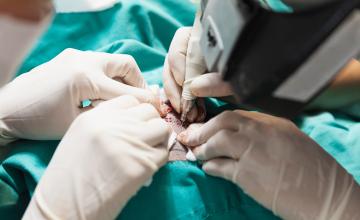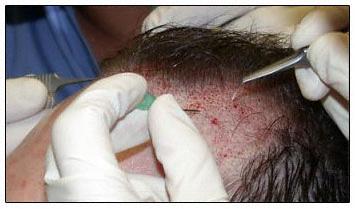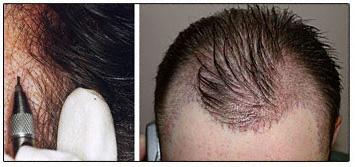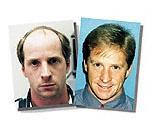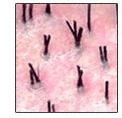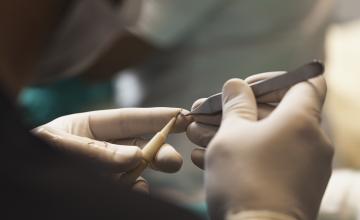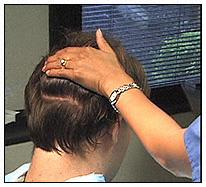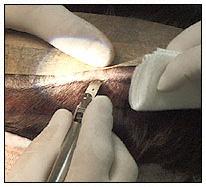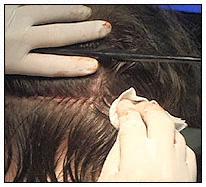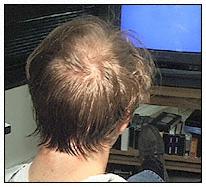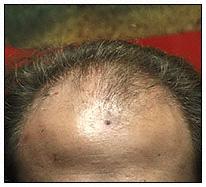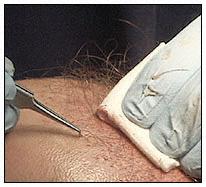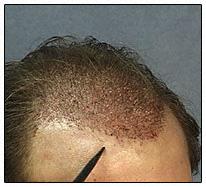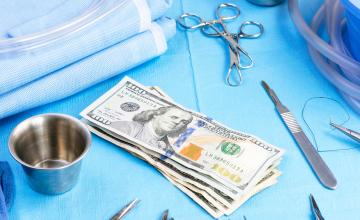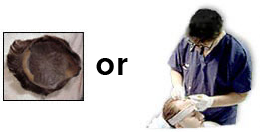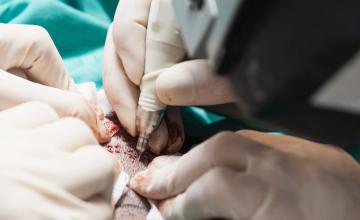Hair Transplant Surgery
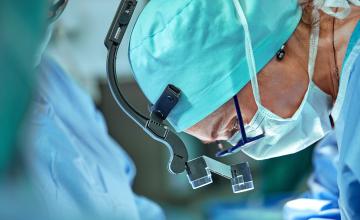
Currently the only solution for regrowing hair, particularly in the hairline area, is hair transplant surgery, an advanced surgical hair restoration technique.
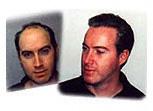
Done right, a hair transplant is so natural that even a hair stylist cannot detect that a person has had hair transplants.

The days of the "corn row" or "Barbie Doll" hair transplants are long gone.
To achieve such truly natural results requires a dedicated and highly skilled staff doing a state of the art hair transplant procedure. The state of the art micro hair transplant procedure that our member physicians perform is called "Ultra Refined Follicular Unit Hair Transplantation".
Hair transplant surgery involves relocating (transplanting) the bald resistant hair follicles from the back of the head to the balding areas on the top and front of the head.
This process is effective and will last a lifetime because the hair follicles taken from the back of the head are genetically resistant to baldness, no matter where they are transplanted.
This procedure is regarded by most hair restoration physicians to be the "gold standard in hair transplants". Learn more about this hair transplant procedure.
Because this very refined procedure is difficult to perform at the highest quality level only a minority of all hair restoration surgeons perform it successfully. Our member physicians have extensive experience performing this advanced and very refined procedure with excellent proven results.
Today, hair transplant surgical hair restoration is an out-patient procedure requiring only local anesthesia. Most patients are surprised by how little discomfort they experience during and after their surgery. Many patients watch TV or sleep during their procedure.
Hair transplant surgery is the only certain way of restoring significant amounts of hair in balding areas. View hair transplant photos of actual hair loss patients.
Sharing information in the Hair Loss Learning Center forum with patients who have successfully restored their hair is a good way to begin the process of selecting a hair transplant surgeon with a proven record of restoring a natural hairline. Online consultation can put you directly in touch with one of the world's top hair restoration physicians in your area who can help you assess your options.
